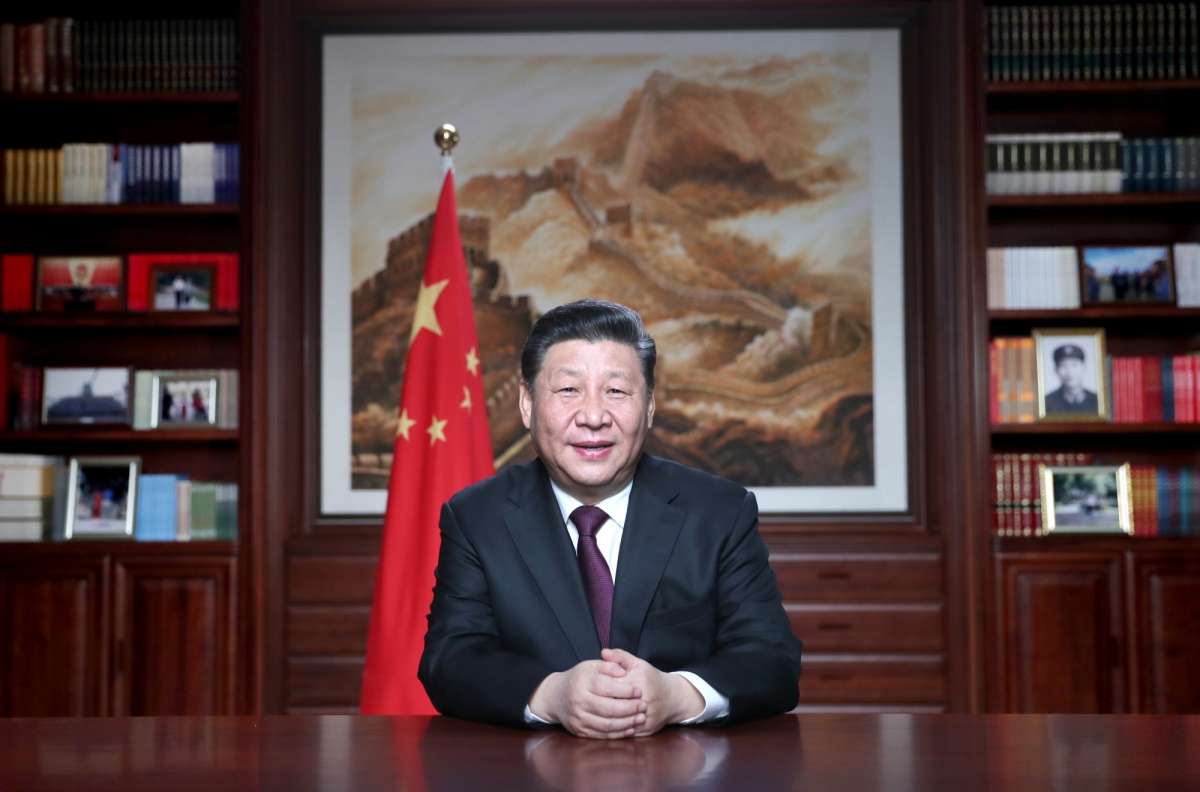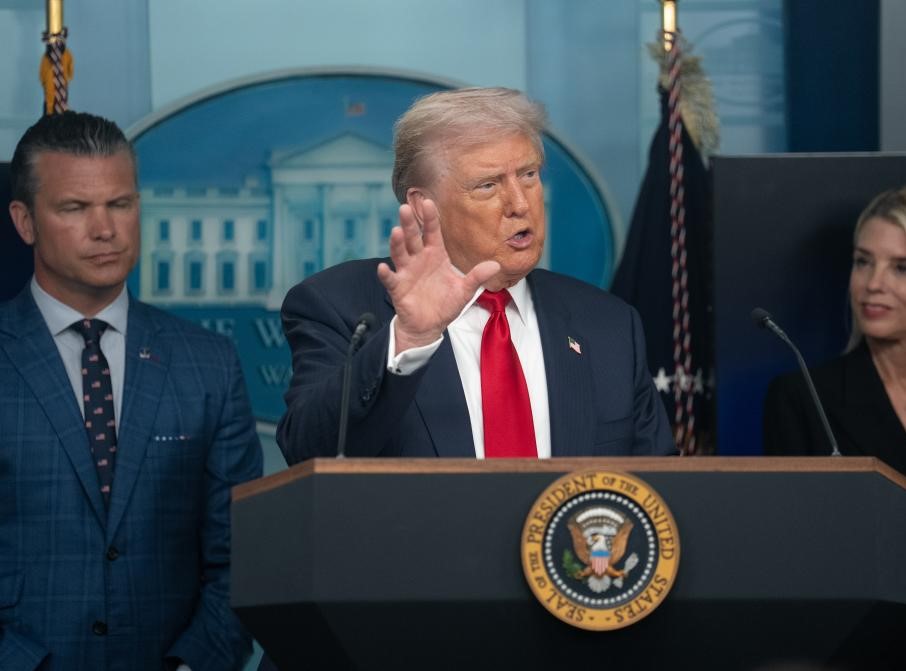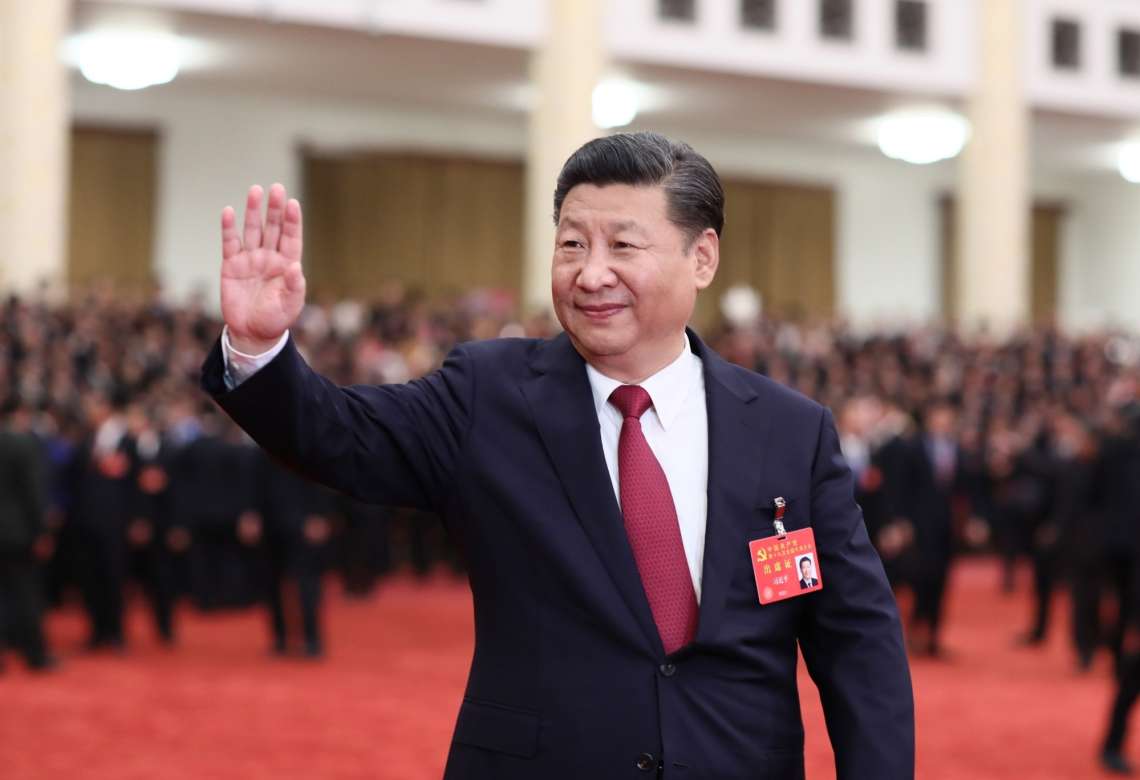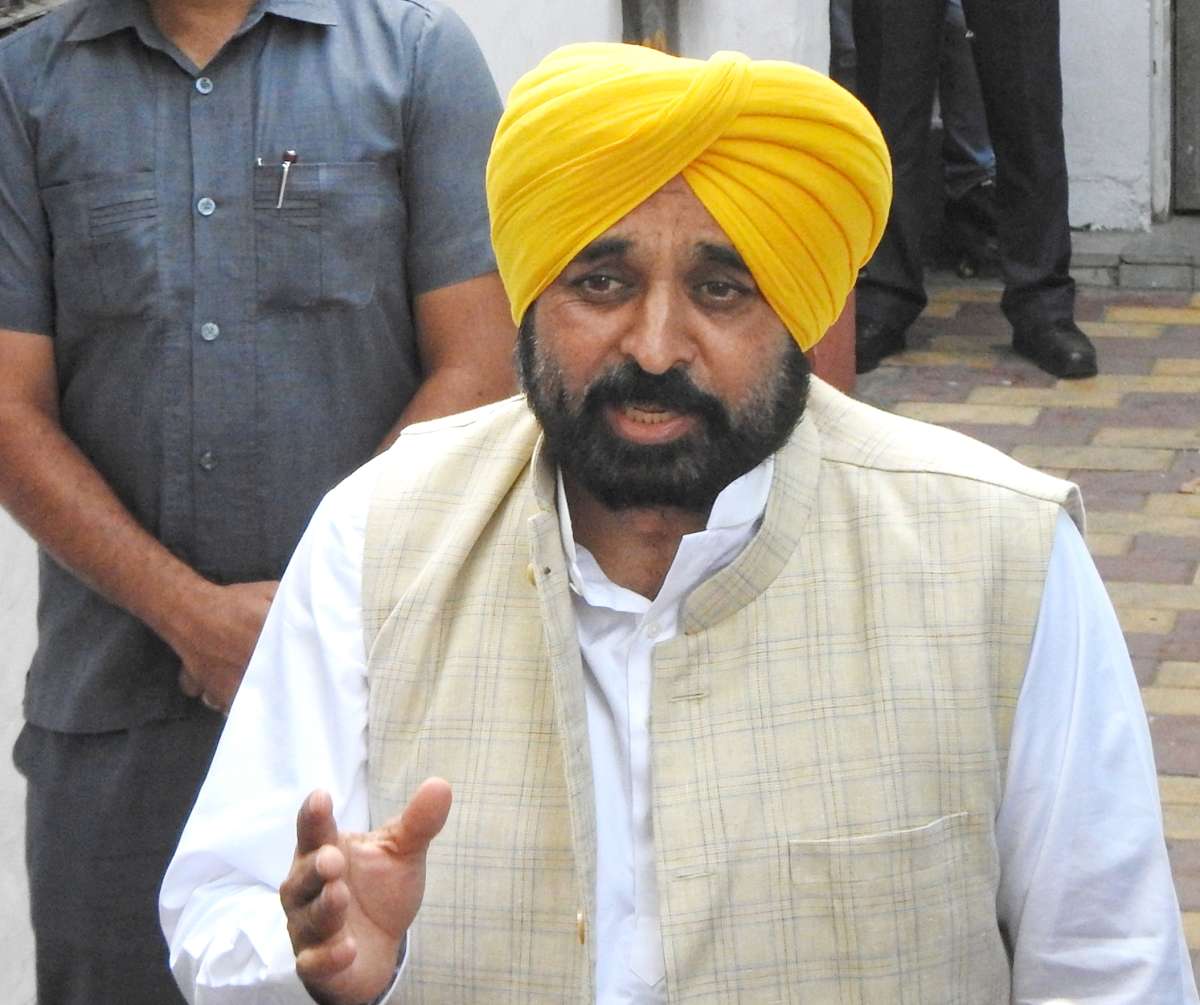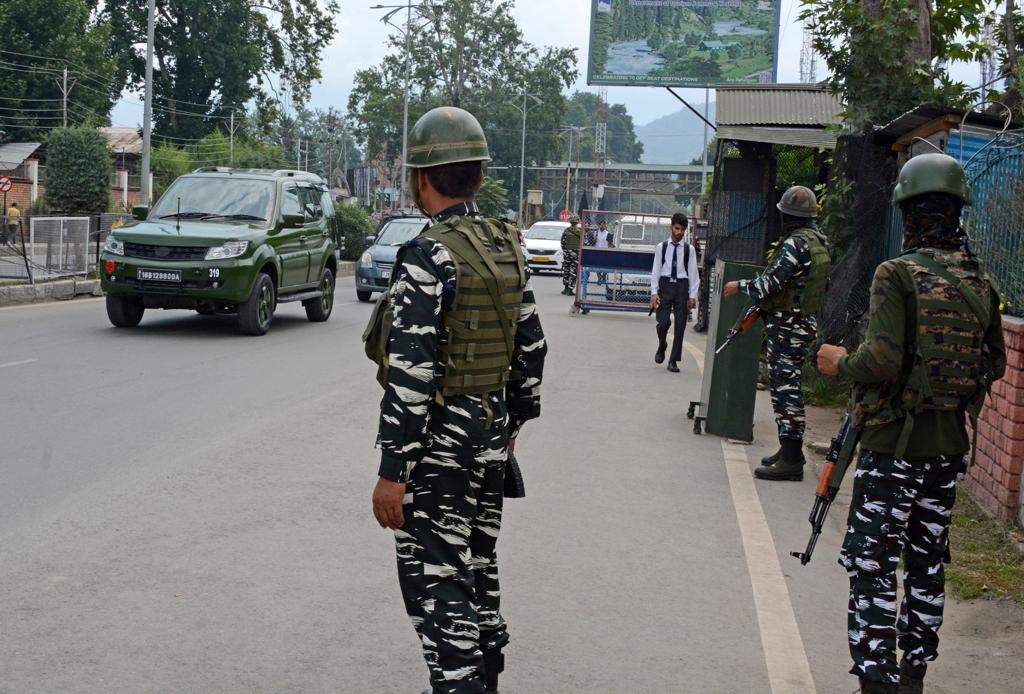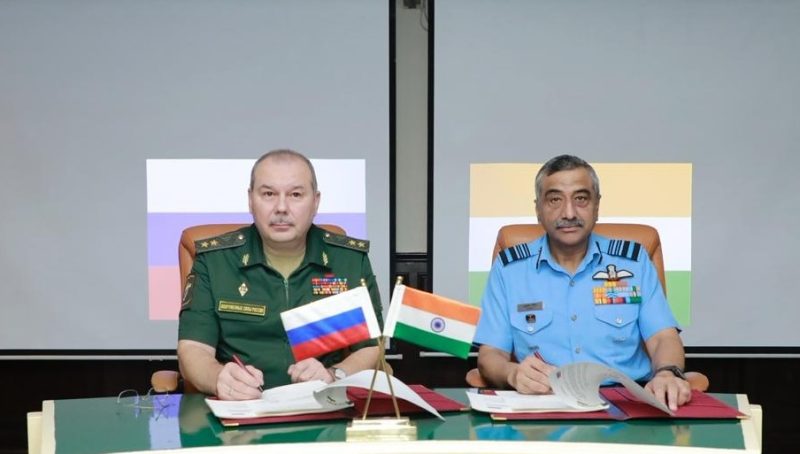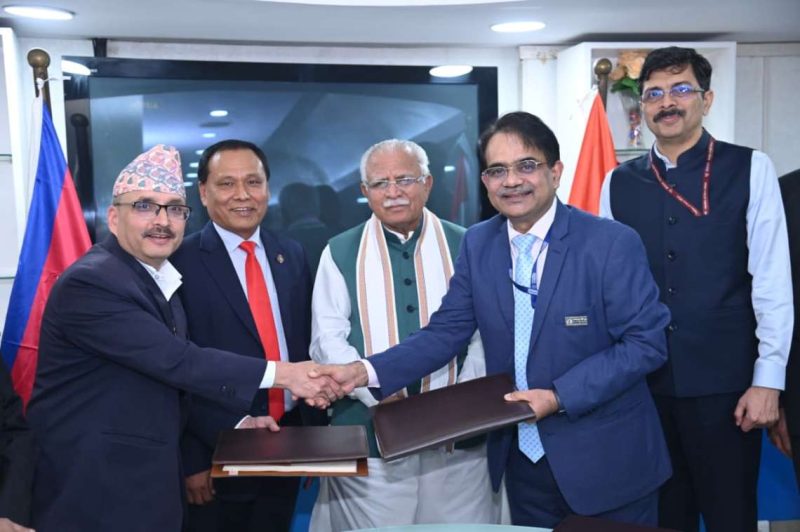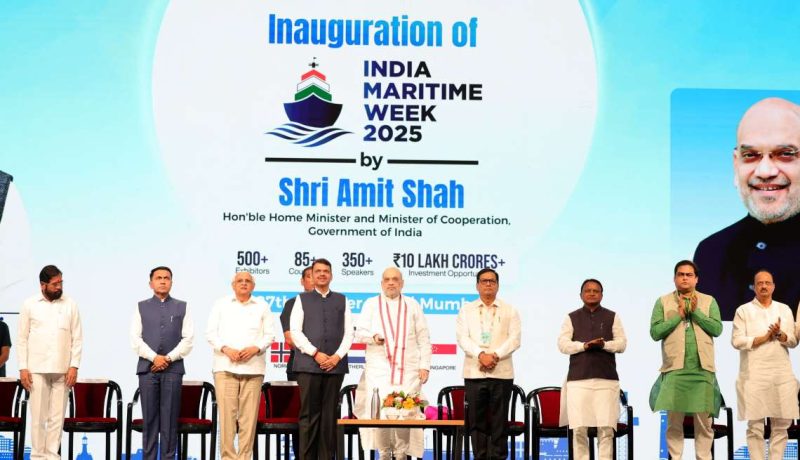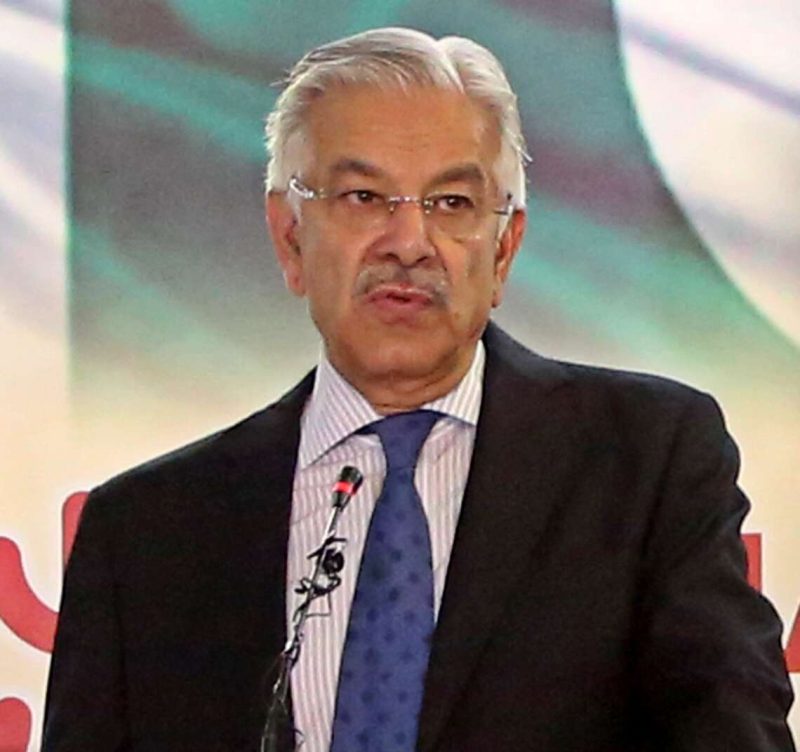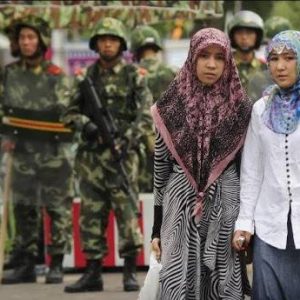The following has been extracted from the book ‘Cold War 2.0: Illusion versus Reality’ – by Prof. Madhav Das Nalapat
While the CPC speaks often of the divergences between itself and political formations and policies within NATO, especially the US, the reality is that much of the policies being formulated within Beijing are based on an exhaustive study of the past policy of countries such as the US or the UK during their prime until the middle of the previous century.
The PLA, judging by its actions in various theatres, appears to have lifted not simply pages but chapters from US (and earlier UK) policy of relying on armed force to achieve the objectives set for it by the leadership. The CPC’s propensity to adapt and adopt what regime analysts in the PRC believe to be the toolkit of the US ought not to come as a surprise, as the intention of the Chinese leadership is to replace Pax Americana with Pax Sinica, just as Pax Britannica was replaced during the course of the 1939-45 war by Pax Americana.
The difference is that the changeover then was smooth, with the UK acquiescent in what it knew to be inevitable. The CPC leadership is aware that this time around, there may be resistance from Washington to efforts at its being replaced by Beijing as the global epicentre of authority. The earlier strategy is to ensure that the power differential reach such a level as to make resistance futile.
Such a plan was proceeding smoothly so long as the ‘final objective’ of the CPC leadership was not obvious but has been facing increasing headwinds now that CPC General Secretary Xi Jinping has judged that the time for ‘hiding one’s strength and biding time’ is over. Apart from the onset of Cold War 2.0 between the PRC and the US, what may upset Xi’s plans is what appears to be an obsessive focus on centralization in the office of the general secretary. Every subordinate source of authority has found its discretionary powers diminished, usually in practice but occasionally in a formal way as well.
Decentralization of authority and giving confidence to lower levels to take decisions within a wide band of policy was a factor that drove the high growth engine of the PRC from 1983 to 2012, the year in which General Secretary Xi took over and began the work of consolidating his hold over the Party and the government that institution controls.
In such a process, the private sector had been a force multiplier, but since the advent of Xi, private industry has had to accept dictates and personnel given to it by the Party even on issues related to business decisions taken by subsidiaries in foreign locations. The apparent discord between Alibaba founder Jack Ma and Xi that surfaced in 2020 most probably arose when the former hesitated to rubber-stamp some of the demands made on his entities by elements in the PLA and the intelligence services.

Obedience to such dictates, or even accepting many of the requisites of what in the Soviet Union were called the ‘Organs’ in the Stalin era, could lead to legal complications in several host countries that are important for the overall profitability of several Chinese versions of the Korean Chaebol. In effect, Chinese companies are being ordered by the CPC under Xi to act as the catspaw for the PRC, specifically the PLA, including by covertly handing over user data that the military may find of use. Jack Ma may have sought to demur, and more than his outsize public persona, this was probably what led to his eclipse from both public view as well as in the day-to-day operations of the enterprise he founded and ran expertly before the dust-up with Xi’s underlings.
There was a time, especially during the decade when Jiang Zemin was CPC general secretary, when the Party did a lot of what its public and private businesses wanted the state to do. These days, Xi has ensured that the reverse is taking place. There is a difference between coordination between the government and the private sector (in the manner witnessed over decades in Japan and South Korea), and subordination of the latter to the former in the manner which took place in India under Nehru and Indira Gandhi.
The Nehru model is now being tried out in steroidal form in Xi’s China, where private companies are in effect being turned into subsidiaries of the state. Despite several tycoons joining the ranks of the ‘party of peasants and workers’ since the Jiang period, it is apparent from the web of policy directives in both implied as well as written form that merely being a CPC member is not sufficient, although it may be a necessary condition for prospering in the Xi era in a way that it earlier was not. What is called for by the general secretary is complete acceptance of the dictates of the Party that get conveyed through the relevant units of that immense construct.
As Jack Ma may some day testify, it is not enough that such fealty extends to 50 per cent or even 60 per cent of the Party’s ‘requests’ being carried out by the private enterprise concerned. Anything below a level of obedience of close to 100 per cent is regarded as disloyalty and may be subject to the consequences inflicted for such a mindset and behaviour patterns. Especially given (i) the decoupling of several foreign advanced tech enterprises from the PRC and (ii) the shrinkage of the global market as a consequence of restrictions placed since Cold War 2.0 came into effect, the manner in which the private sector in China is getting its autonomy and authority eroded is likely to impact the growth that has for decades powered the expansion of PRC’s external influence and domestic well-being.
The taking away of so much effective authority over decision-making involving matters of concern to the provinces and cities they are tasked to administer has resulted in a subterranean discontent against the CPC general secretary that could manifest in a much more visible manner should the decline in economic performance relative to past decades continue. Economic progress is judged not merely in absolute but in relative terms, and memories remain fresh of the days of Deng, Jiang and even Hu, when the autonomy of party cadres was substantial and the standard of living of the people rose in a manner not witnessed in the past, certainly not for the previous two centuries.

Xi has understood the danger and has sought to combat it by boosting ‘patriotic’ feelings among the people, attempting to drill into them the perception that the hardships they have begun to face are not the result of CPC policies but the consequence of the hostility of countries that are envious about China’s rise and who seek to throttle this. Given Xi’s reliance on the military as the enforcer of diplomacy, it would not be unusual for several within the PRC (including the CPC) to believe that much of the fissures with outside powers that are being witnessed since the onset of Cold War 2.0 are not so much the consequence of the PLA-influenced policies of General Secretary Xi towards several countries, including the US and India, but active sabotage of Xi’s policies by such powers.
At the same time, the risks are considerable for the assumed securing of public support through a major victory in the field, such as the capture of Taiwan or a repeat of the humiliation inflicted on India in 1962. Should conditions continue to deteriorate, impacting Xi’s support among the people and the cadre, this may be an option that the CPC leadership core may regard as a necessary exercise for domestic reasons of public acquiescence to dictatorship and their continued cooperation.
The problem facing Xi is that the population of the PRC in the twenty-first century is very different from what it was in the first half of the twentieth, and repeating the experiments and slogans of the Mao period may not work as well this time around. Unlike during that time, there is no longer a fear among large swathes of the population that their country is under threat from outside. Quite the reverse in fact, given the manner in which the perception of the undoubted rise of the PRC into superpower status has been disseminated and mainstreamed.
Neither are there vivid memories of mass starvation and deprivation, which is why hardship that would have seemed trifling in the 1950s may soon be a cause for public discontent. Visible declines in living standards may cause social eruptions that the leadership may judge can be met only by an external show of force and a military triumph, such as the takeover of Taiwan or an attempted 1962-style humiliation of India by seizing Arunachal and Ladakh. Such a contingency may explain the preparatory build-up across both the Taiwan and Himalayan theatres by the PLA. This suggests a possible involvement of that force once ordered by the general secretary to create a diversion designed to quell domestic unrest caused by some of his policies.
Excerpted with permission from Penguin Random House India from “Cold War 2.0: Illusion versus Reality” by Madhav Das Nalapat.


